Creating a cut flower garden layout is an excellent way to ensure a steady supply of fresh, fragrant blooms right from your backyard.
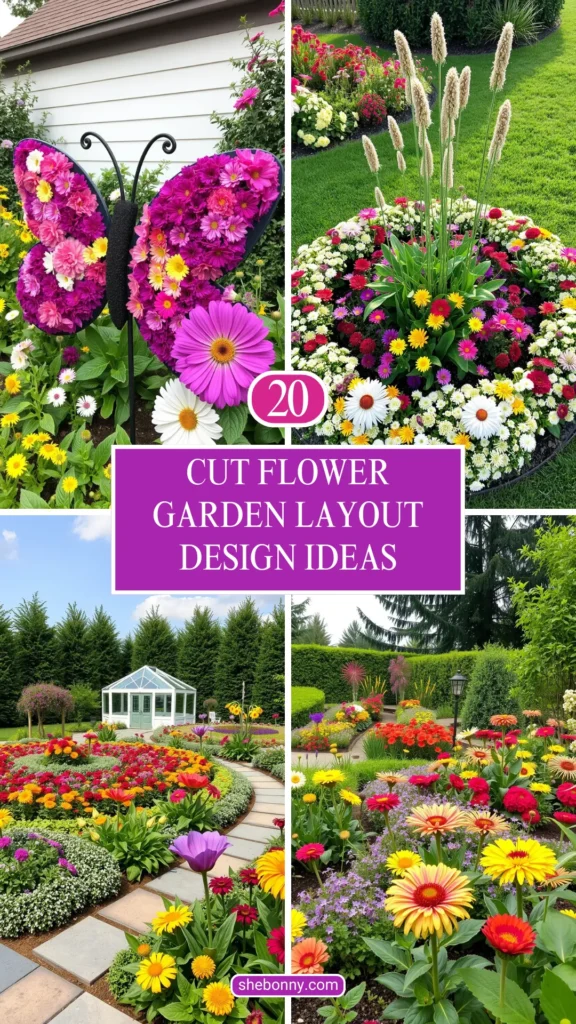
By choosing the right location, spacing your plants efficiently, and selecting flowers that thrive in your climate, you can create a productive and visually appealing garden.
In this guide, we’ll walk you through the essential steps to design a cut flower garden that keeps your home filled with vibrant, long-lasting bouquets.
20 Cut Flower Garden Layout
1
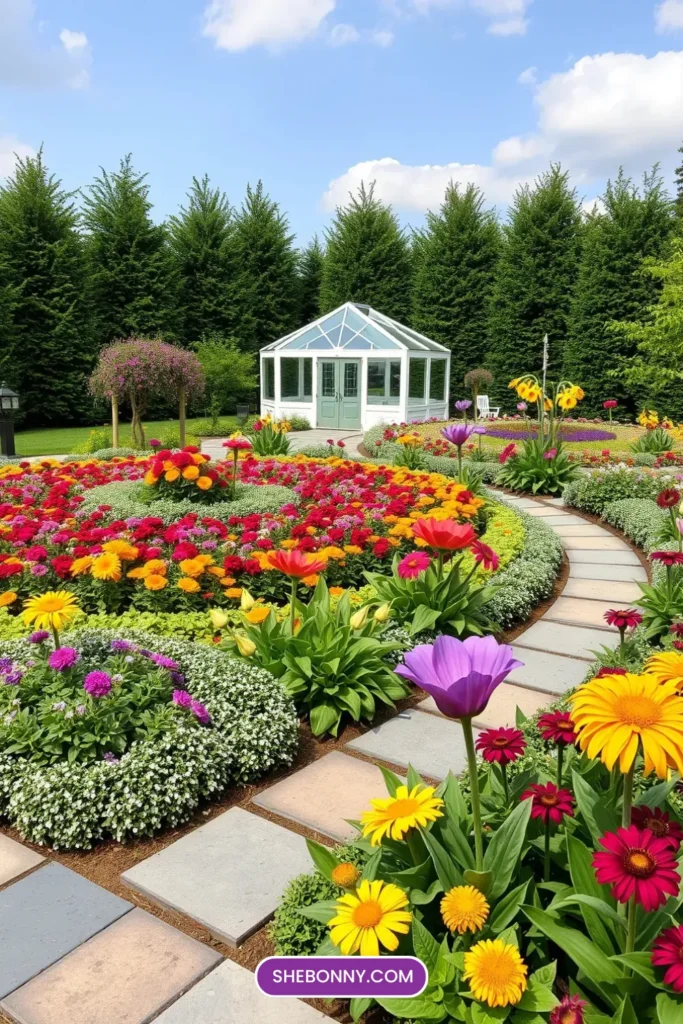
2

3
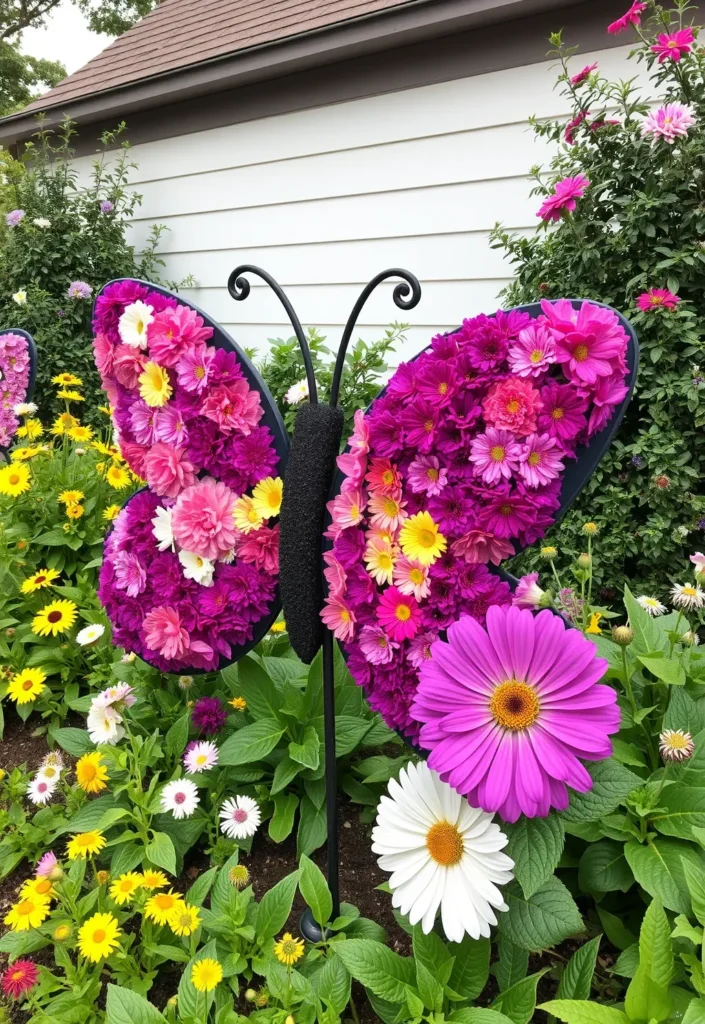
4
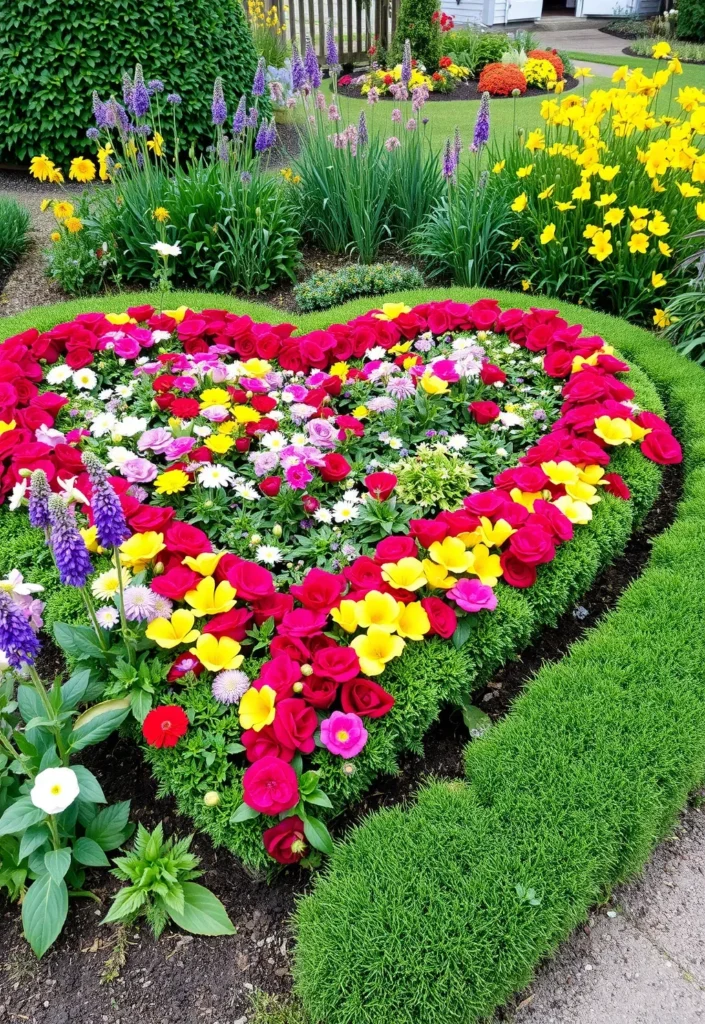
5
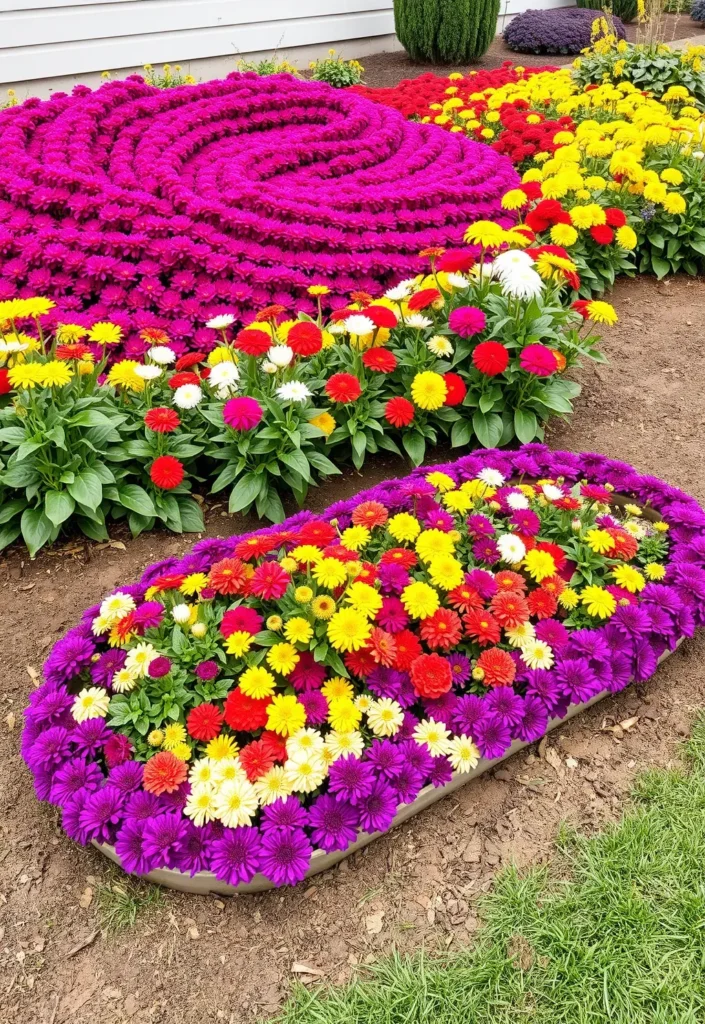
6
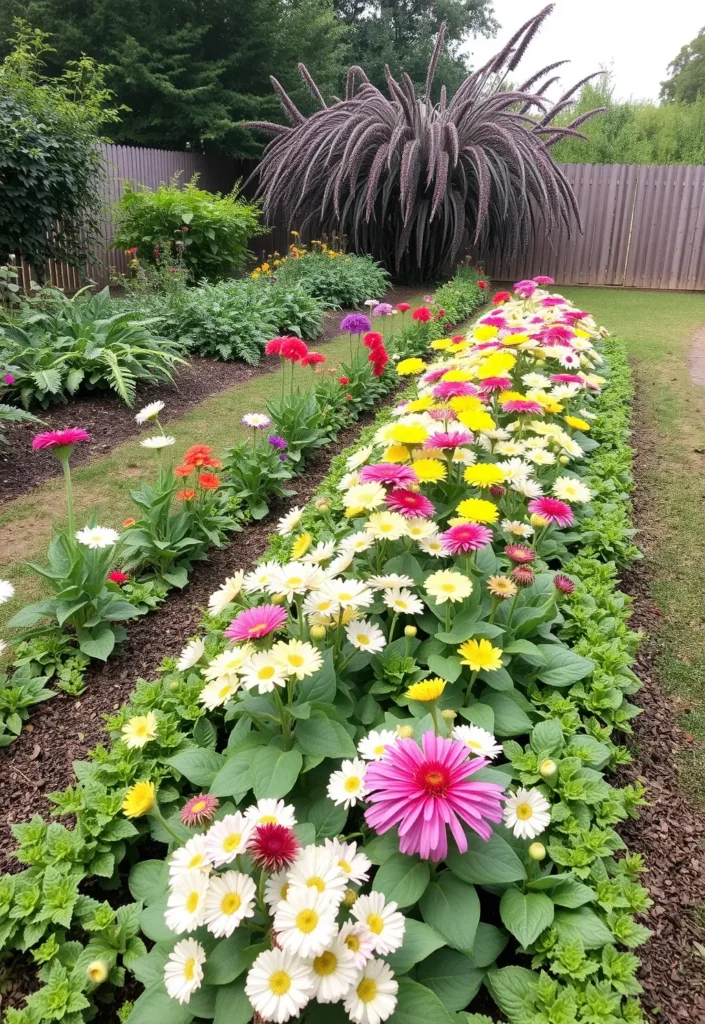
7
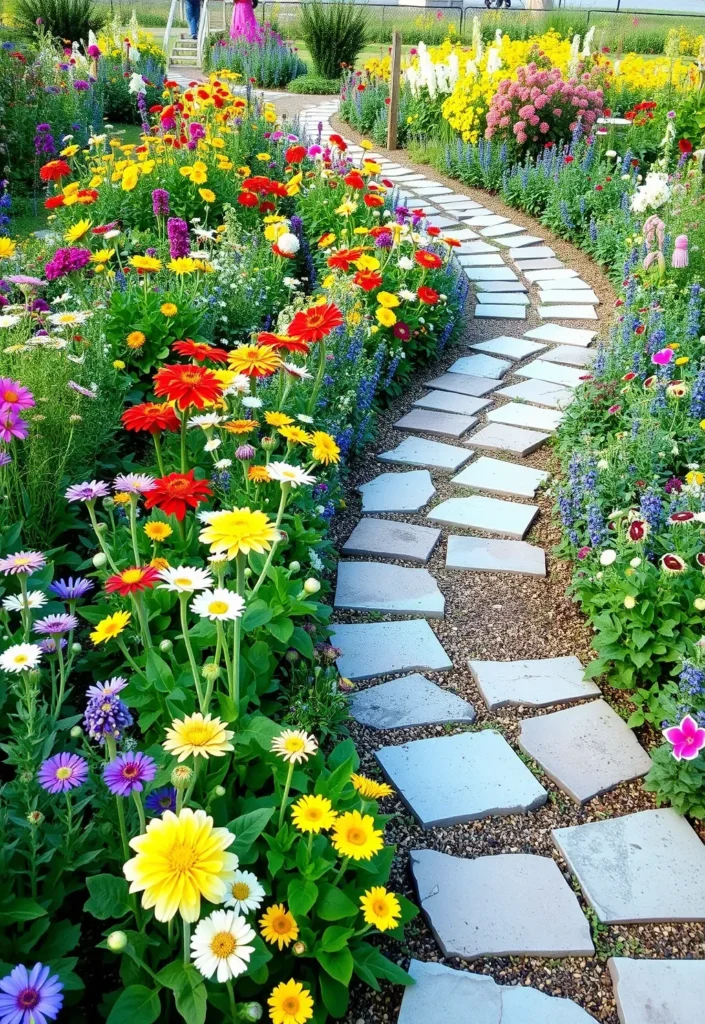
8
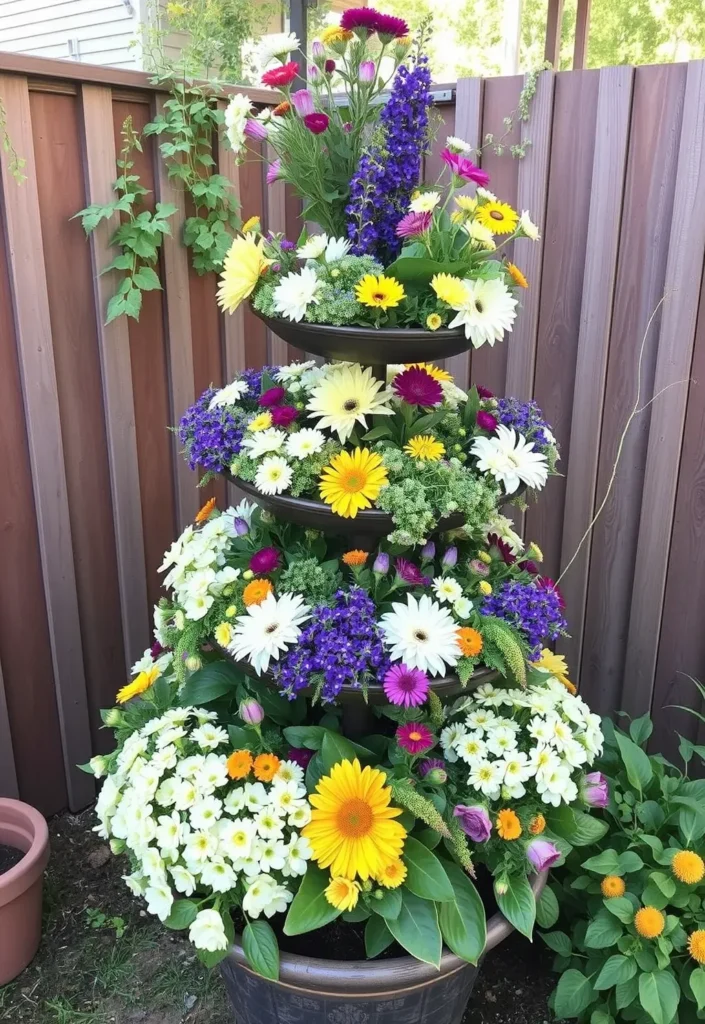
9
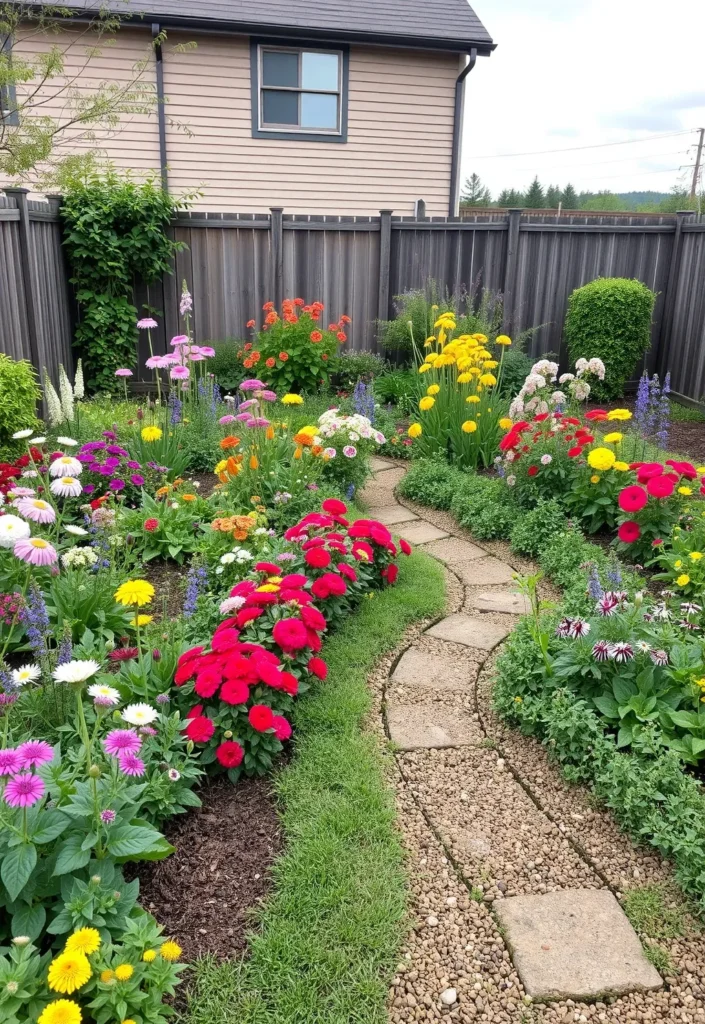
10

11
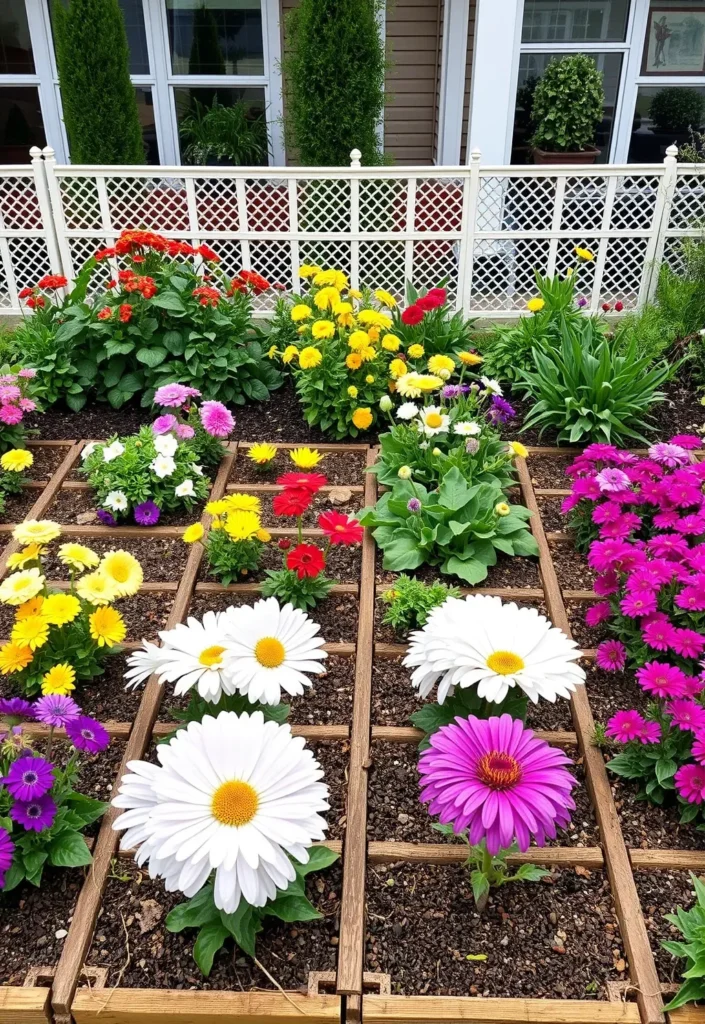
12
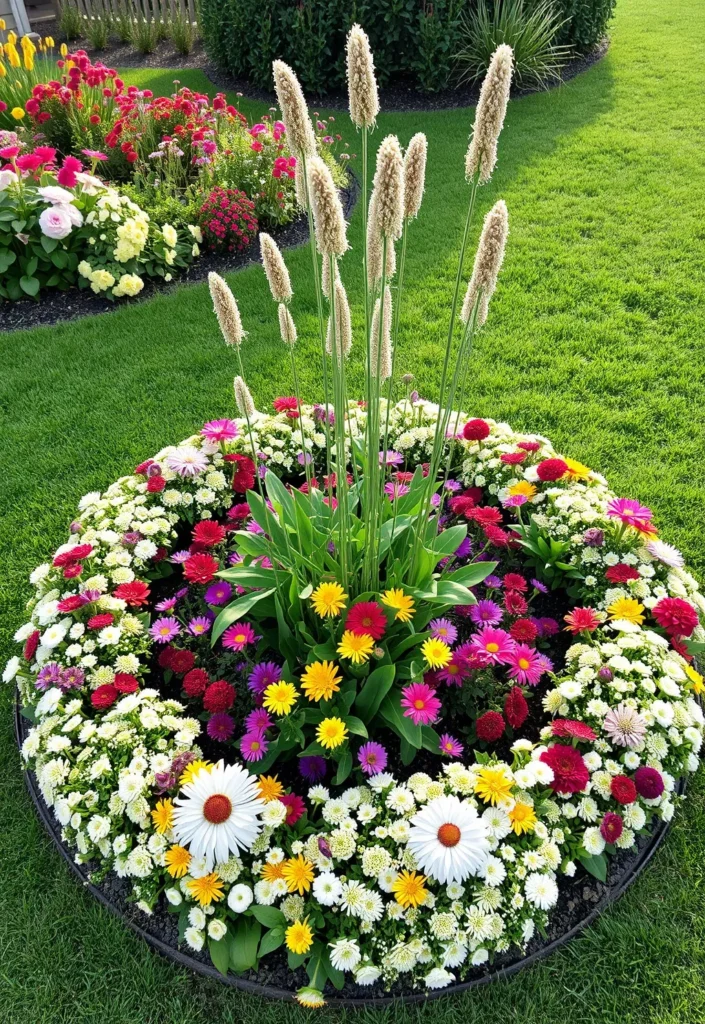
13
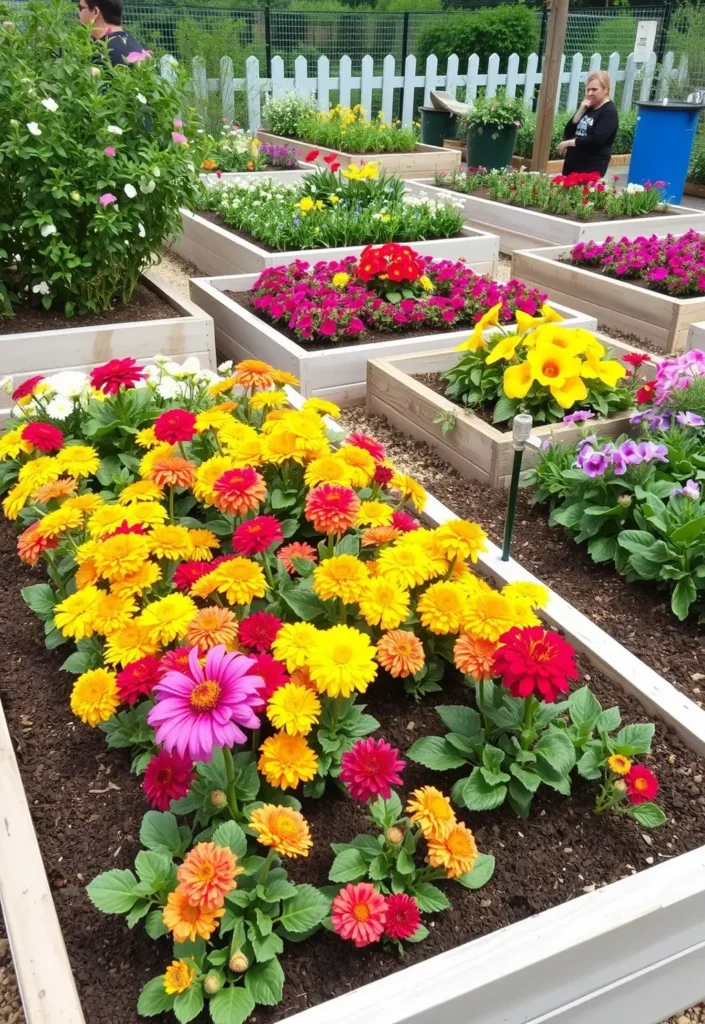
14
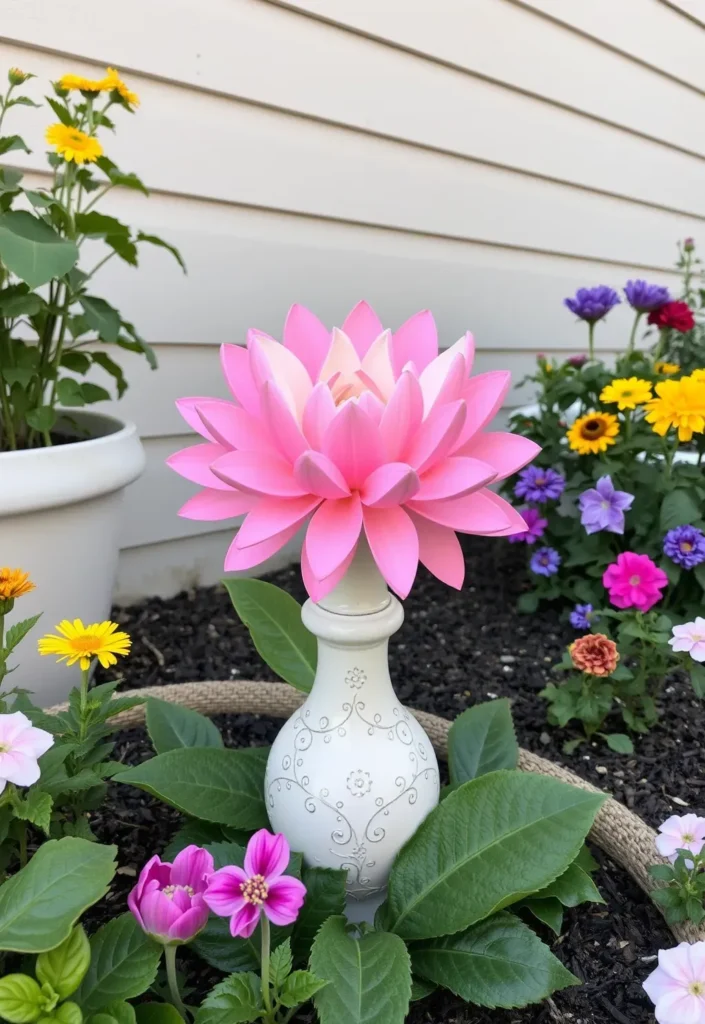
15

16
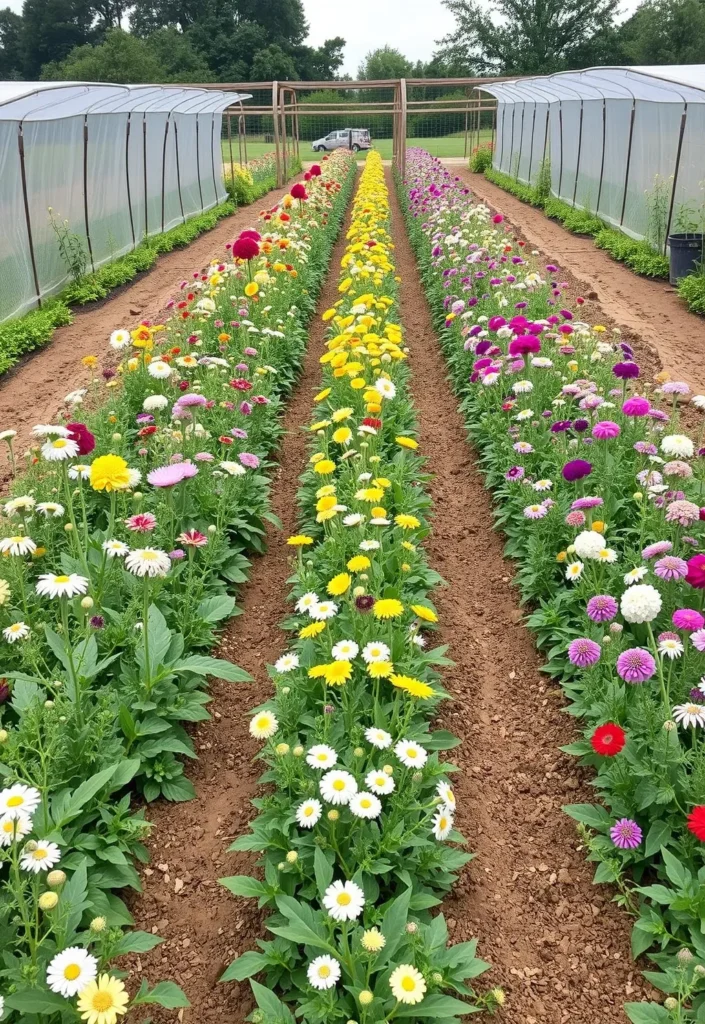
17
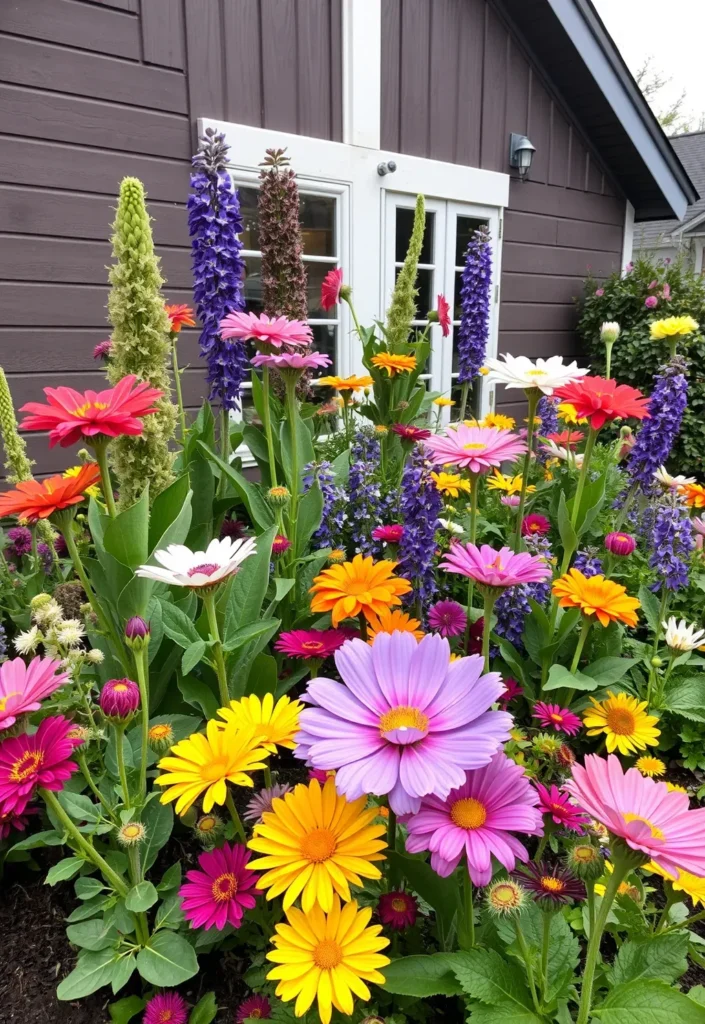
18
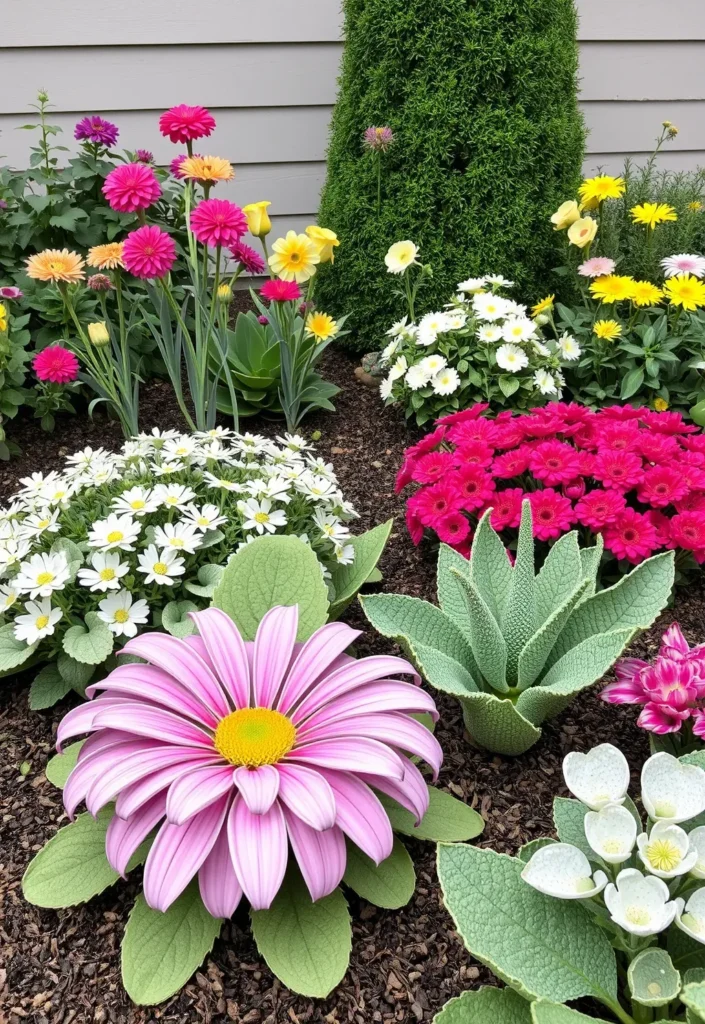
19
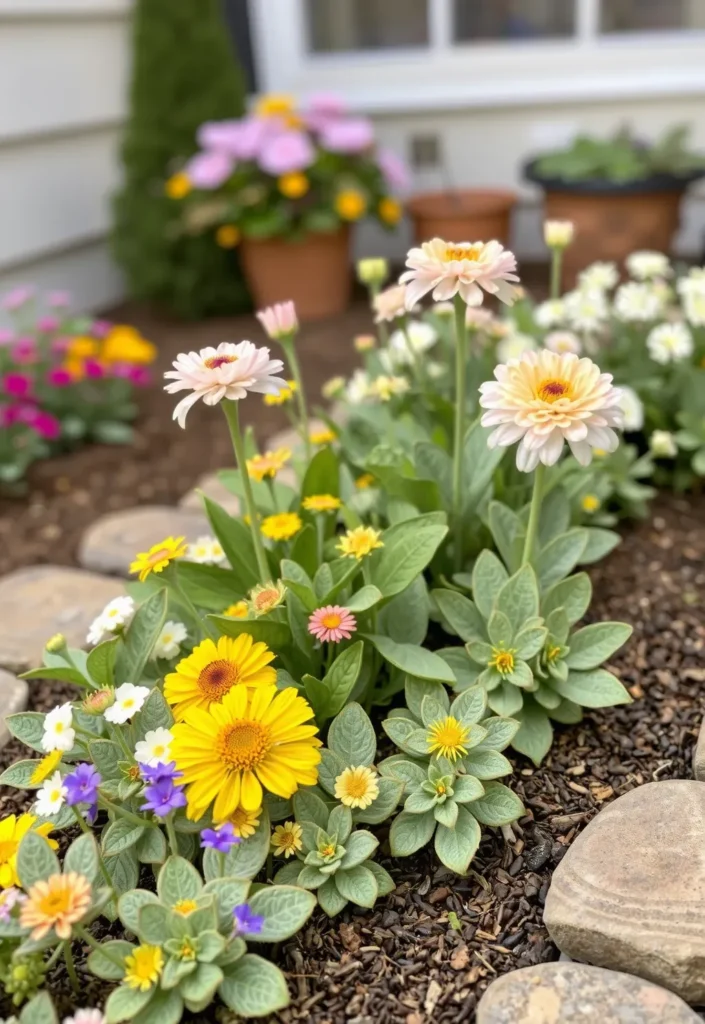
20

How to Design a Cut Flower Garden Layout
1. Choose the Right Location
Your garden’s success starts with selecting the perfect spot. Most flowering plants require at least 6–8 hours of sunlight daily. Ensure your chosen area has well-draining soil and is protected from strong winds, which can damage delicate stems.
2. Plan Your Garden Beds
To create an organized and efficient layout, consider these approaches:
- Row Planting: Ideal for larger gardens, making it easier to access flowers for cutting.
- Block Planting: Arranges flowers in clusters, enhancing aesthetics and maximizing space.
- Raised Beds: Improve drainage and allow better soil control.
Ensure pathways are at least 18–24 inches wide for easy navigation and harvesting.
3. Select the Best Flowers for Cutting
A well-balanced cut flower garden includes a mix of focal flowers, fillers, and greenery for bouquet diversity. Here are some great options:
- Focal Flowers: Roses, Sunflowers, Dahlias, Peonies
- Fillers: Baby’s Breath, Queen Anne’s Lace, Larkspur
- Greenery: Eucalyptus, Ferns, Dusty Miller
Plant flowers based on their height and growth habits to prevent taller plants from shading shorter ones.
4. Stagger Bloom Times for Continuous Harvest
To keep your garden blooming throughout the seasons, plant a mix of:
- Early Bloomers: Tulips, Daffodils
- Mid-Season Flowers: Zinnias, Snapdragons
- Late Bloomers: Asters, Chrysanthemums
Succession planting—sowing new seeds every 2–3 weeks—ensures a continuous supply of flowers.
5. Provide Proper Support
Some flowers, like Dahlias and Snapdragons, require staking or trellising to prevent bending or breaking. Use bamboo stakes or flower netting to keep them upright.
6. Maintain Your Garden for Maximum Blooms
- Watering: Keep soil evenly moist but avoid overwatering.
- Deadheading: Regularly remove spent flowers to encourage new growth.
- Fertilizing: Use a balanced fertilizer every 3–4 weeks for healthy blooms.
Frequently Asked Questions
How much space do I need for a cut flower garden?
Even a small 4×4-foot raised bed can provide plenty of flowers. For larger yields, aim for a 10×10-foot space or more.
What is the easiest cut flower to grow?
Zinnias, Sunflowers, and Marigolds are beginner-friendly, resilient, and bloom abundantly with minimal care.
Can I grow a cut flower garden in containers?
Yes! Many flowers, including Dahlias and Cosmos, thrive in pots. Just ensure they receive enough sunlight and regular watering.
How do I keep my cut flowers fresh longer?
Cut flowers in the morning, place them in cool water immediately, and remove any leaves that will sit below the waterline.
Final Thoughts
Designing a cut flower garden layout doesn’t just enhance your outdoor space—it provides a steady supply of homegrown blooms for your vases and floral gifts.
By planning your space efficiently, selecting a variety of flowers, and maintaining proper care, you can enjoy vibrant, fresh-cut flowers all season long.
Start small, experiment with different varieties, and watch your garden flourish into a beautiful, flower-filled haven.
